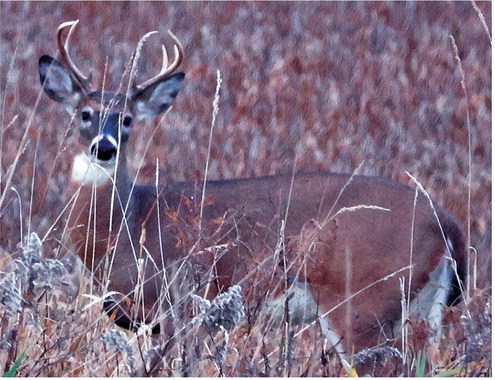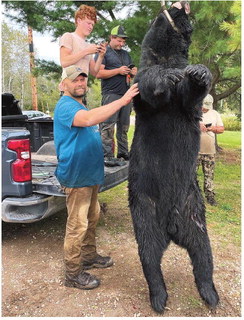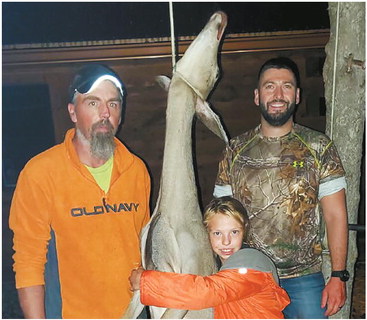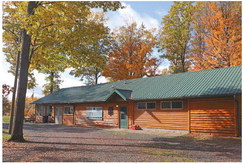Wisconsin DNR reminds hunters to test deer, take action to slow spread of CWD
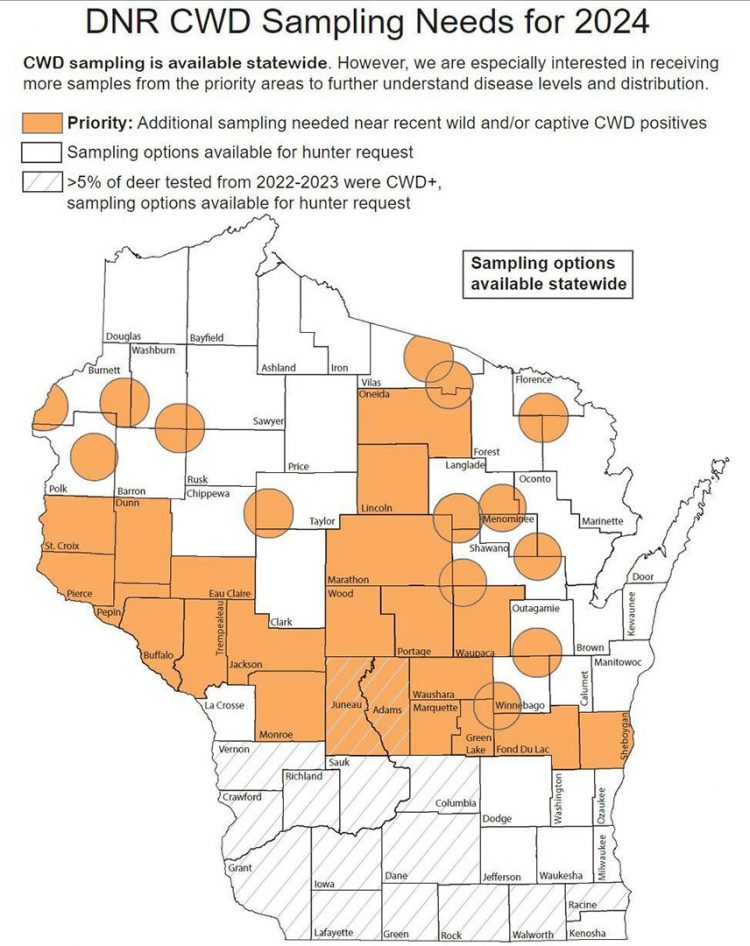

The Wisconsin Department of Natural Resources (DNR) reminds hunters to test their deer for CWD this fall. Testing is available statewide, but the DNR is particularly interested in samples from priority areas near recent CWD detection locations.
CWD is a contagious, fatal neurological disease that affects the nervous system of deer, elk, moose and caribou. It belongs to the family of diseases known as transmissible spongiform encephalopathies or prion diseases. Prions are misshaped proteins that can spread the disease through direct animal-to-animal contact or in the environment through bodily substances or the carcass of infected deer.
Prions are extremely resilient and capable of remaining in the soil for years, potentially infecting several deer from a single source. Common signs of infected deer in the later stages of the disease are drastic weight loss, drooped head and ears, loss of coordination, excessive salivation and reduced fear of humans.
For the 2024-25 deer seasons, the DNR is especially interested in receiving more samples from the fall 2024 priority areas. Southwestern Taylor County is one of these priority areas, dating back to positive detections of captive deer in 2021 in the Gilman area. Lincoln and Marathon counties are also in need of an increased number of tested samples after recent positive detections.
Additional samples in these areas will help the DNR better understand disease levels and distribution. In addition to the desire for additional testing within the priority areas, testing is again available statewide this hunting season.
According to Erin Larson, DNR deer herd health specialist, Polk, Trempealeau, Jackson, Pierce and Waushara counties had their first wild CWD-positive detections in the past year, while six captive facilities statewide also had their first CWD detections.
Larson, while speaking with statewide media Sept. 26, said the DNR hopes to sample about 19,000 Wisconsin deer this fall.
“In all of those counties included in our priority areas, we really want to encourage hunters in those counties to get out there and hunt, submit your deer for sampling so we can have a better understanding of disease levels and distribution in that newer area,” Larson said. “Consider harvesting another deer if you’re able to and are able to use that harvest. Being able to keep the hunting numbers up in those areas is important.”
How to test deer
The DNR offers free and accessible options to test deer for CWD. Hunters can find the location nearest them by searching for the DNR’s CWD sample and disposal locations map on its website, dnr.wisconsin. gov.
Any hunter in the state may choose from the following testing options:
Self-service kiosks, open 24/7: These kiosks contain supplies for hunters to drop off a deer head with 5 inches of neck attached.
Hunters that register their deer online can fill out an electronic form there to submit the information regarding their deer and where it was harvested.
Hunters can expect to learn of their deer’s test results within one to two weeks.
“We actually had our fastest turnaround time last year which was about nine days statewide,” Larson said. “So what this is is from the time that the hunter drops off the deer at a sampling location to when we send the result out was about nine days last year. We need to give credit to the Wisconsin Veterinary Diagnostic Laboratory for the help with that as they have put some processes in place to make sure they’re going through the samples as quickly as possible as well as the DNR is always looking at ways to be more efficient and make sure that we can get those results back to hunters as soon as possible. We don’t anticipate that we won’t be able to reach that or be real close to that this year as well.”
Hunters who have an email address linked to their GoWild account will get results sent directly to them. The DNR also has a webpage where hunters can enter identifying information for that deer and their customer ID to find the result. Results also will be added to hunters’ GoWild accounts.
In-person with cooperating partners: Meat processors and other businesses can collect the deer head for sampling or remove the lymph nodes at the time of drop-off. This is a convenient option for hunters who intend to mount their deer. If a taxidermist is not a cooperator, ask for the caped-out head back to submit at a kiosk.
At-home lymph node extraction: Hunters may pick up a kit ahead of time, extract the retropharyngeal lymph nodes using the provided instructions and return the lymph nodes to the DNR or a kiosk for testing.
By appointment with local DNR staff: Hunters can contact their local wildlife management staff to schedule an in-person appointment.
If a hunter receives a CWD-positive test result, a replacement authorization will be issued to their Go Wild account within two to four days. A positive result from an antlered harvest authorization will result in a replacement antlered harvest authorization for the hunter (valid statewide).
New this year, if the positive result was received for an antlerless harvest registration, an either-sex replacement harvest authorization will be issued for the same DMU and land type.
The replacement authorizations aren’t weapon-specific and are valid for the remainder of the current hunting season and next year’s hunting seasons (starting in September 2025).
“Both of those types of authorizations would be added to a hunter’s GoWild account within two to four days of when the positive detection was received,” Larson said.
Proper disposal of deer carcasses can reduce the chance of CWD being introduced to a new area. Several disposal resources are available for hunters, including deer carcass disposal dumpsters, landfills or transfer stations. These options can be found on the DNR's CWD Sample and Disposal Locations map, and hunters are encouraged to check throughout the season, as more dumpsters will be added closer to the nine-day gun hunting season.
Hunters should check the DNR’s baiting and feeding webpage (https://dnr. wisconsin.gov/topic/hunt/bait) for the current feeding bans. There are several counties with new bans since last year’s hunting seasons, including Ozaukee, Pierce and St. Croix.
Taylor County remains in a ban through at least this year. All neighboring counties except Clark and Price also have baiting and feeding bans.
The DNR’s chronic wasting disease webpage (https://dnr.wisconsin.gov/topic/ wildlifehabitat/cwd) provides more information about baiting and feeding bans, testing options and disposal options.
The Wisconsin Department of Health Services (DHS), the Centers for Disease Control and Prevention and the World Health Organization all recommend against consuming meat from deer that test positive for CWD. Infected deer typically appear healthy for many months after contracting the disease, so DHS encourages testing for the disease regardless of the physical condition of the harvested deer, especially in areas prevalent with CWD. To date, there have been no reported cases of CWD infection in humans.
“CWD is a very slow progressing disease which makes it difficult (to see in live deer),” Larson said.
“These deer can be infected but look perfectly healthy.
There’s no way to know that they have CWD without that test until they start showing signs and those visual signs could be other types of disease or some sort of trauma that occurred. So that CWD test is really the way to tell that a deer is infected.
“Some of those common signs that show up and usually they’re not going to show up for at least a year and a half after a deer is infected could be extreme emaciation, a lower head, drooping ears, drooling, we’ve seen a deer that was visiting a land owner’s water bath for birds,” she added. “Sometimes we’ll see that where they’re trying to seek out water. Sometimes they’re not able to walk and could be looking pretty awful. They also will not act normal, they may not show that normal fear of humans that a healthy deer would.”
